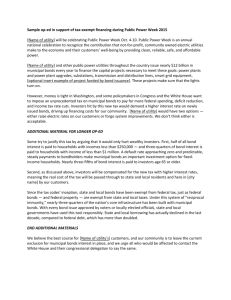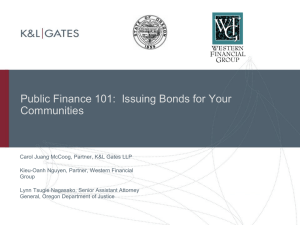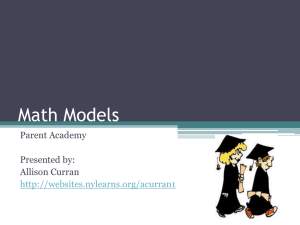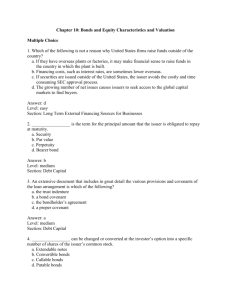Interest Rate Determination
advertisement
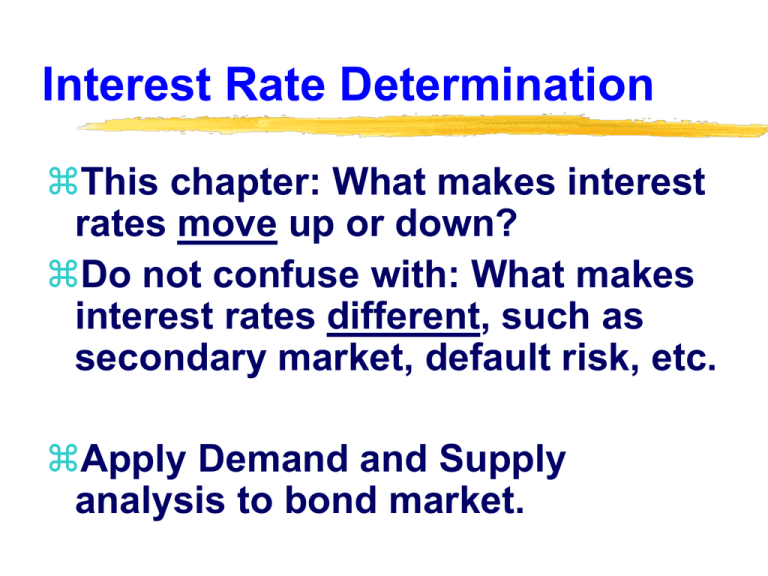
Interest Rate Determination This chapter: What makes interest rates move up or down? Do not confuse with: What makes interest rates different, such as secondary market, default risk, etc. Apply Demand and Supply analysis to bond market. Summary Results: Shifts in Bond Demand Increase in Bond Demand: DB (Rightward shift in Demand for Bonds) DB i* Decrease in Bond Demand: DB (Leftward shift in Demand for Bonds) DB i* Shift Variables: Bond Demand Wealth -- increases in Wealth increase the Demand for Bonds Expected Inflation (e), e DB i* Return or Expected Return on Alternative Assets Interest Rates on Bonds of Similar Maturity (for specific bond) Expected Rate of Return on Stock (RETe) Expected future interest rates (ie), ie DB i* Interest rates on foreign bonds Market Risk of Bonds and Alternative Assets Market Risk of Bonds (B) B DB i* Market Risk of Stock (S) S DB i* Changes Affecting Structural Differences Changes in Risk Rating of an individual firm (Default Risk) Changes in Marginal Tax Rate -affects the Demand for Municipal Bonds Summary Results: Shifts in Bond Supply Increase in Bond Supply: SB (Rightward shift in Supply of bonds) SB i* Decrease in Bond Supply: SB (Leftward shift in Supply of bonds) SB i* Shift Variables: Supply of Bonds Expected Inflation (e), e SB i* Size of Deficits and National Debt Debt ST-BILLS i* Size of State and Local Government Debt Debt SMUN i* More Shift Variables: Bond Supply Desire for Firms to Undertake Investment Projects Investment SCORP i* Loan Demand Faced by Banks Loan Demand SCD i* General Conclusions – Interest Rates Many factors (not just the Federal Reserve) change interest rates. Interest rate movements tend to be procyclical, or vary positively with the growth the economy. The Federal Reserve and Interest Rates Federal Reserve -- practices monetary policy through Open Market Operations, the buying or selling of bonds (generally T-Bills). Expansionary Policy (addressing sluggish economy or recession): Fed buys bonds Contractionary Policy (addressing inflation): Fed sells bonds Dual Effects: Monetary Policy Example – Federal Reserve practices Expansionary Policy to try to improve sluggish economy Liquidity Effect: Fed buys more bonds DB i* Expected Inflation Effect: Expansionary policy e i* Overall Effect --- Which one dominates?


